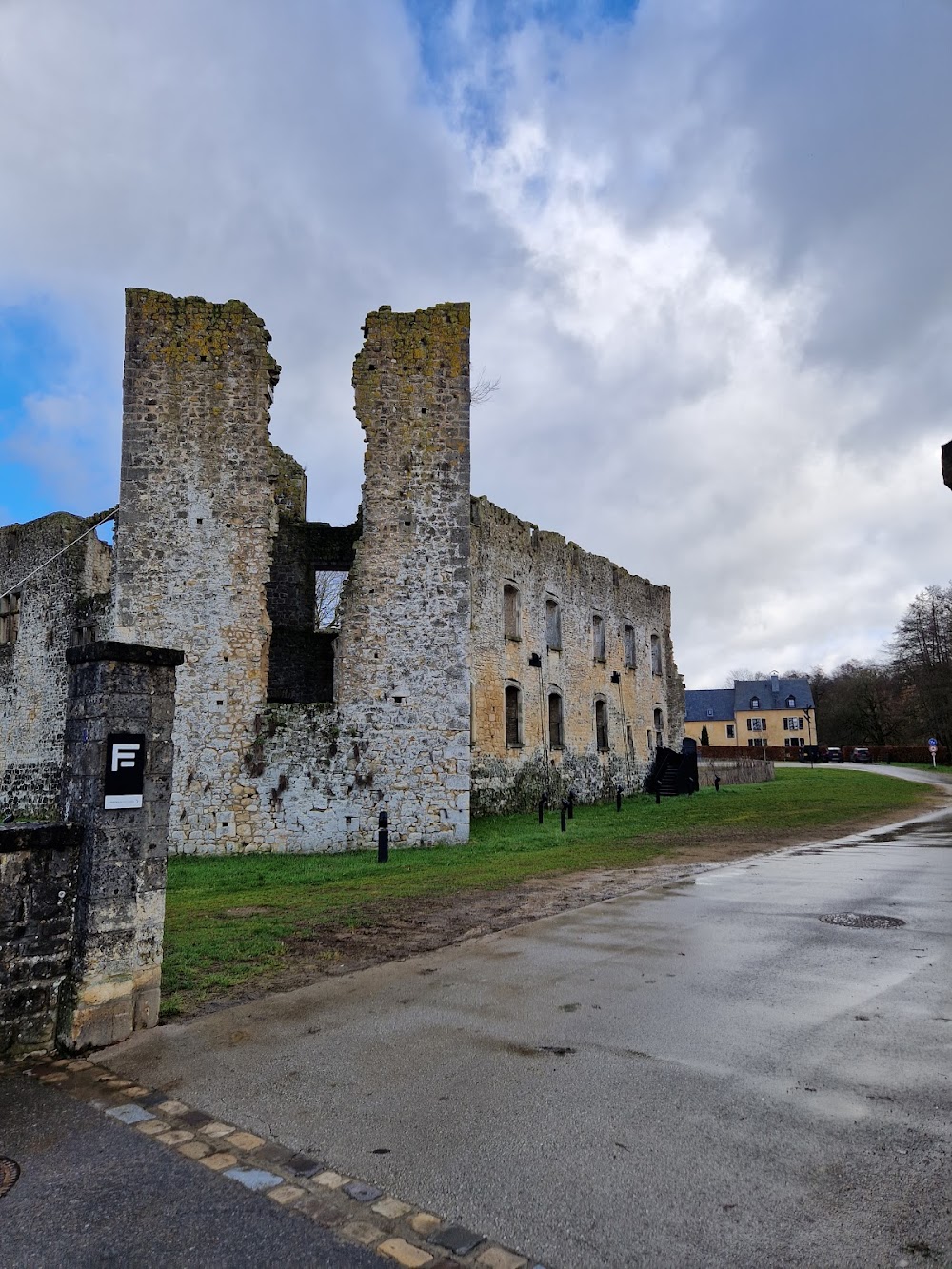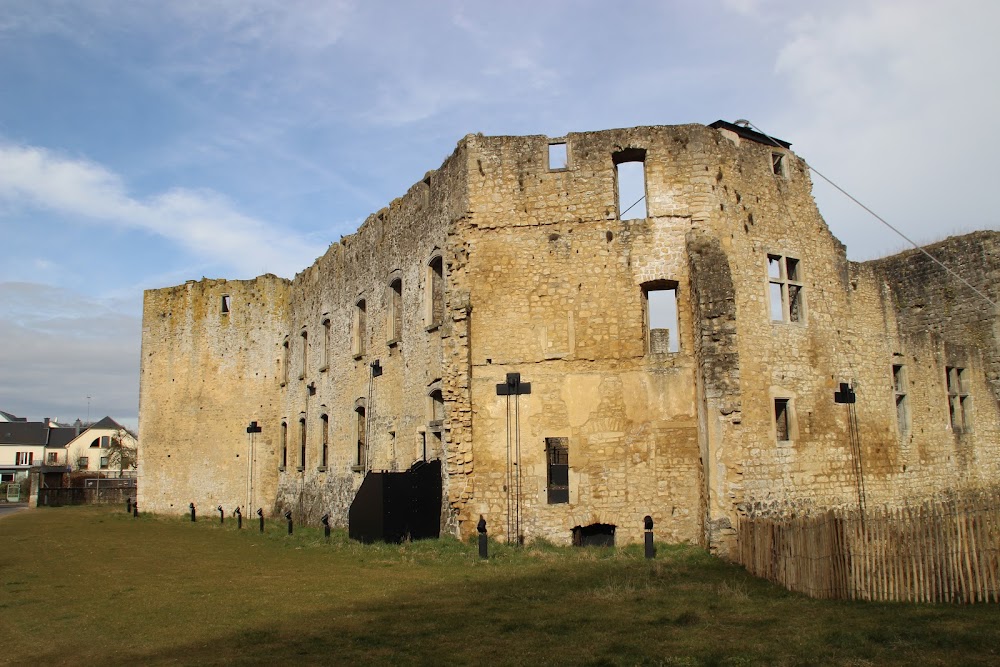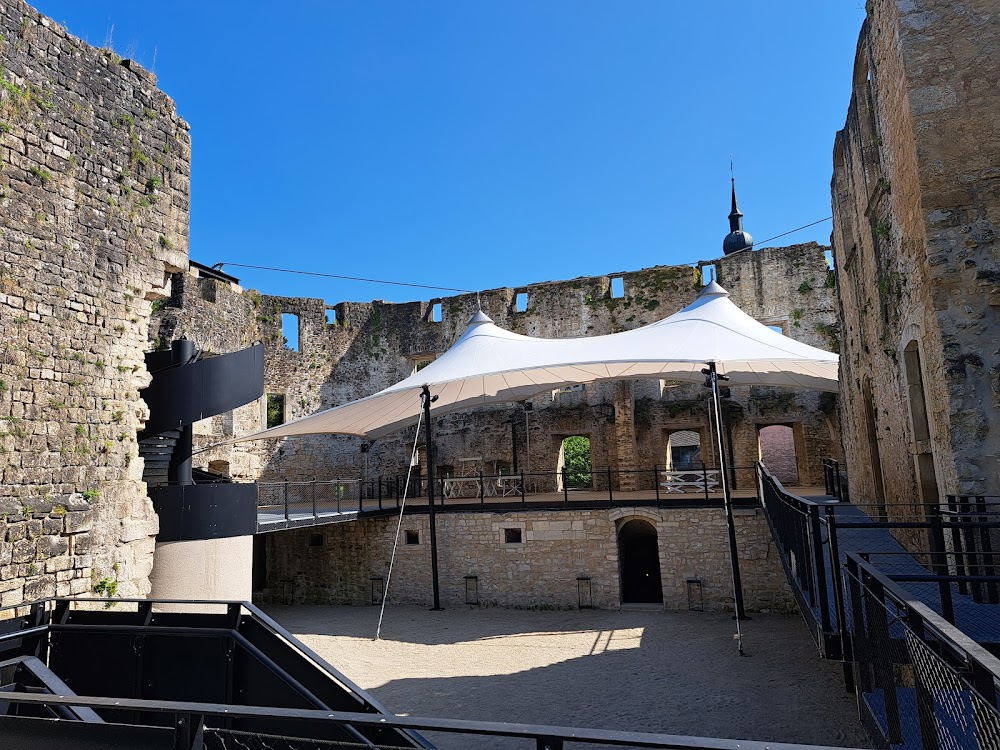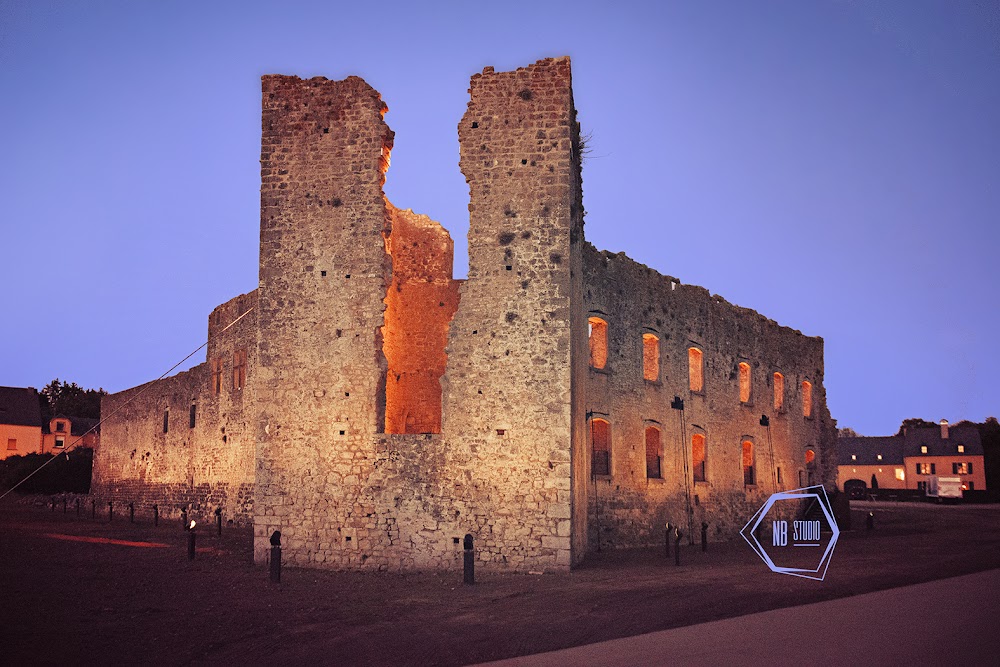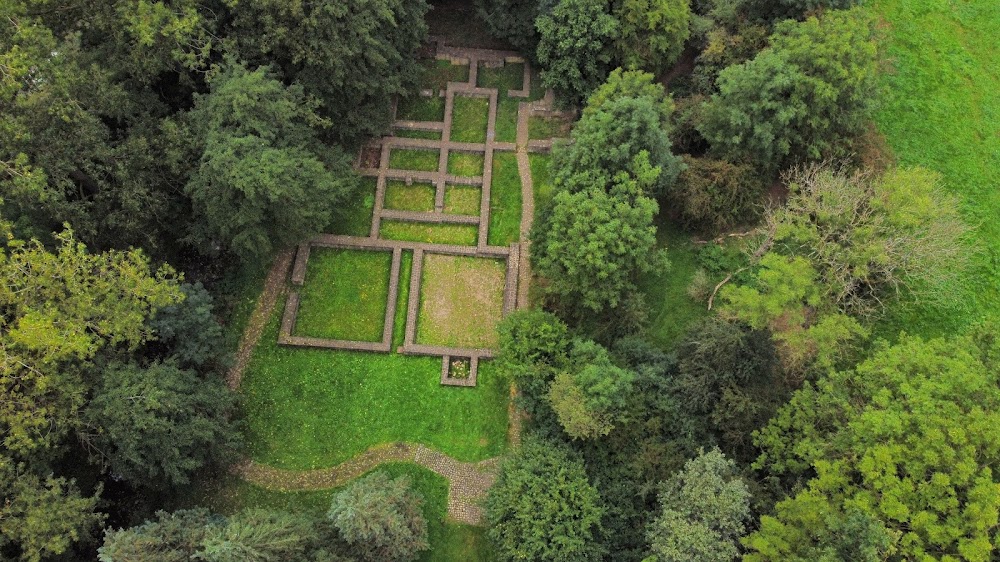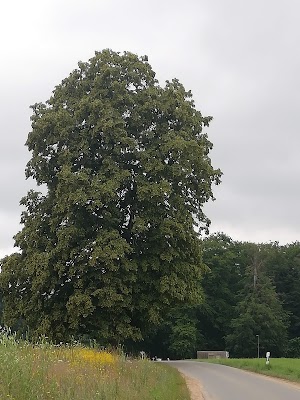Koerich Castle (Koerich Buerg)
Overview
Château de Koerich: A Glimpse into Luxembourg’s Medieval Heritage
Château de Koerich, commonly referred to as Koerich Castle, is a stunning medieval fortress nestled in the picturesque Canton of Capellen, Luxembourg. This historic castle is not only a beautiful sight but also a proud relic of the Middle Ages, embodying the rich history of the region.
Historical Origins
The origins of Château de Koerich trace back to the late 12th century, with its construction estimated around 1190 by the influential lord Wautier I de Koerich. Originally built as a fortress to establish feudal control and protect the surrounding lands, its strategic placement in the valley of the Goeblange stream ensured both security and oversight of the nearby territories.
Architectural Marvel
Constructed primarily from local sandstone, the castle reflects the Romanesque architectural style that was popular during its inception. The initial design featured a sturdy stone keep surrounded by a defensive enceinte—a stone curtain wall—crafted to safeguard its inhabitants from potential threats. Over the years, the castle evolved, adapting to the changing needs and status of its noble residents.
Renovations Through the Ages
Throughout the 14th and 15th centuries, significant renovations transformed the castle. The central fortified tower was enlarged, and new residential buildings were constructed to accommodate the growing sophistication of noble life. The Gothic period brought remarkable changes, introducing higher walls, pointed archways, and larger windows that flooded the interiors with light.
Echoes of the Past
Stepping onto the castle grounds, visitors can still feel the grandeur of its storied past. Remnants of stately halls, quaint chapels, and imposing towers whisper tales of gallant knights, extravagant feasts, and the vibrancy of medieval life. In its prime, Koerich Castle buzzed with activity, serving as both a military bastion and a symbol of prestige for the lords of Koerich.
Shifting Fortunes
As the centuries progressed, the castle's fortunes fluctuated. Various noble families, including the Eltz family, held ownership, each contributing to its legacy through maintenance and enhancements. However, by the 18th century, its military significance diminished, leading to partial abandonment and gradual decline.
The Impacts of Revolution
During and after the French Revolution, many castles in Luxembourg faced neglect or destruction, and Koerich was no exception. The castle fell into disrepair, yielding to the relentless passage of time and the elements. By the 19th century, it was largely in ruins, its once-mighty stone walls succumbing to nature's embrace.
Revival and Preservation
In the 20th century, a renewed appreciation for the cultural and historical significance of Koerich Castle ignited efforts to preserve what remained. Archaeological studies and conservation initiatives were launched to stabilize and restore parts of the castle. The Luxembourg government and dedicated volunteer groups played crucial roles in ensuring the survival of this historic site for future generations.
A Cherished Landmark Today
Today, Château de Koerich stands as a beloved historical site, attracting tourists and history enthusiasts alike. It serves as both a romantic ruin and an educational landmark, providing insights into medieval life and architecture. Surrounded by serene natural beauty, the castle invites reflection on the passage of time and the enduring legacy of Luxembourg’s feudal past.
Visitor Experience
Exploring the site, visitors can wander through various sections of the ruin, from the formidable keep to the residential quarters. Informational panels and guided tours enrich the experience, weaving together stories of bygone eras and the lives of those who once inhabited the castle. Ongoing conservation efforts continue to honor and protect this vital piece of cultural heritage.
Conclusion
In summary, Château de Koerich is more than just a historic ruin; it symbolizes Luxembourg's rich medieval history and the resilience of its architectural heritage. Built by the skilled hands of medieval craftsmen and shaped by centuries of change, it remains a poignant reminder of the past and a cherished landmark for the future.


